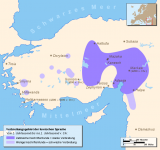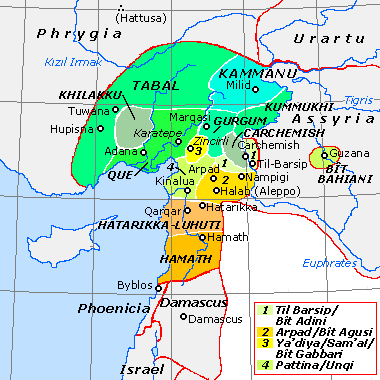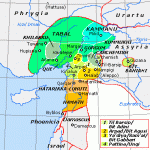JFWR
Banned
- Messages
- 305
- Reaction score
- 8
- Points
- 0
- Location
- New York City
- Ethnic group
- Irish, English, French, German, Swedish, and Finnish
- Y-DNA haplogroup
- I-m223
- mtDNA haplogroup
- H64
Why? If you look at the distribution of Haplogroup N in Europe it's clear that it's tied to taiga zone, rather than the steppe. It's also clear that both Haplogroup N and the Uralic languages (which are very likely tied with each other) are immigrants to Europe. Early immigrants yes (in the sense that they may have arrived as early as the Mesolithic), but still immigrants.
Regarding Haplogroup I, if you take a look at Sparkey's map, a connection between Haplorgoup I and the steppe is also dubious.
Haplogroup I as a whole, actually, does strongly correlate with the Ukrainian step as much as the rest of Europe. You were dealing only with I2 with that map, which is a sub-clade of the larger I haplogroup. I2 is not quite associated with that area.




